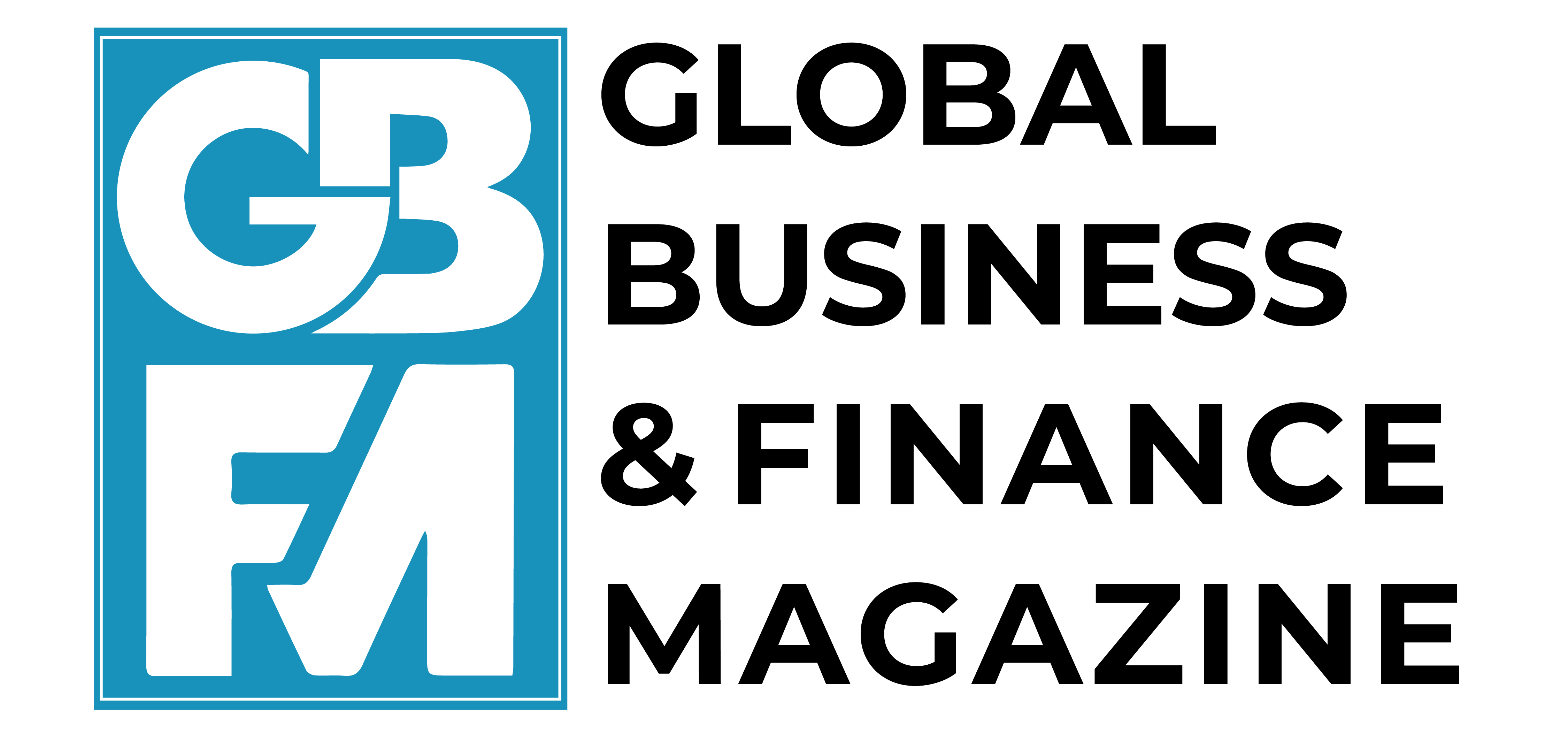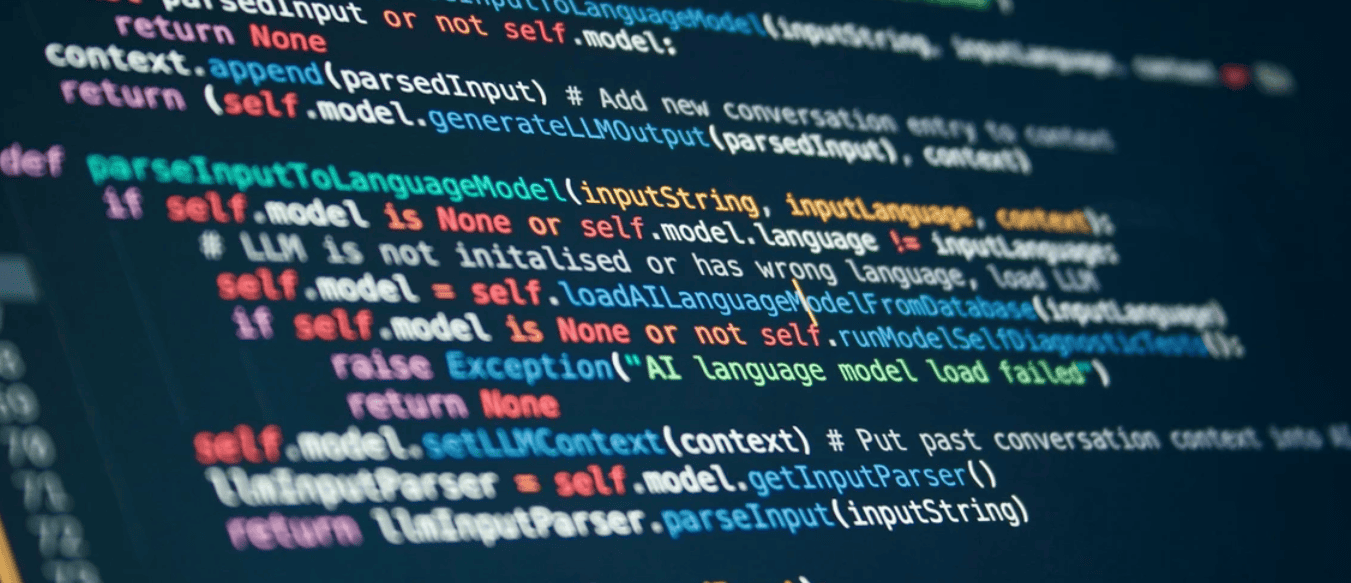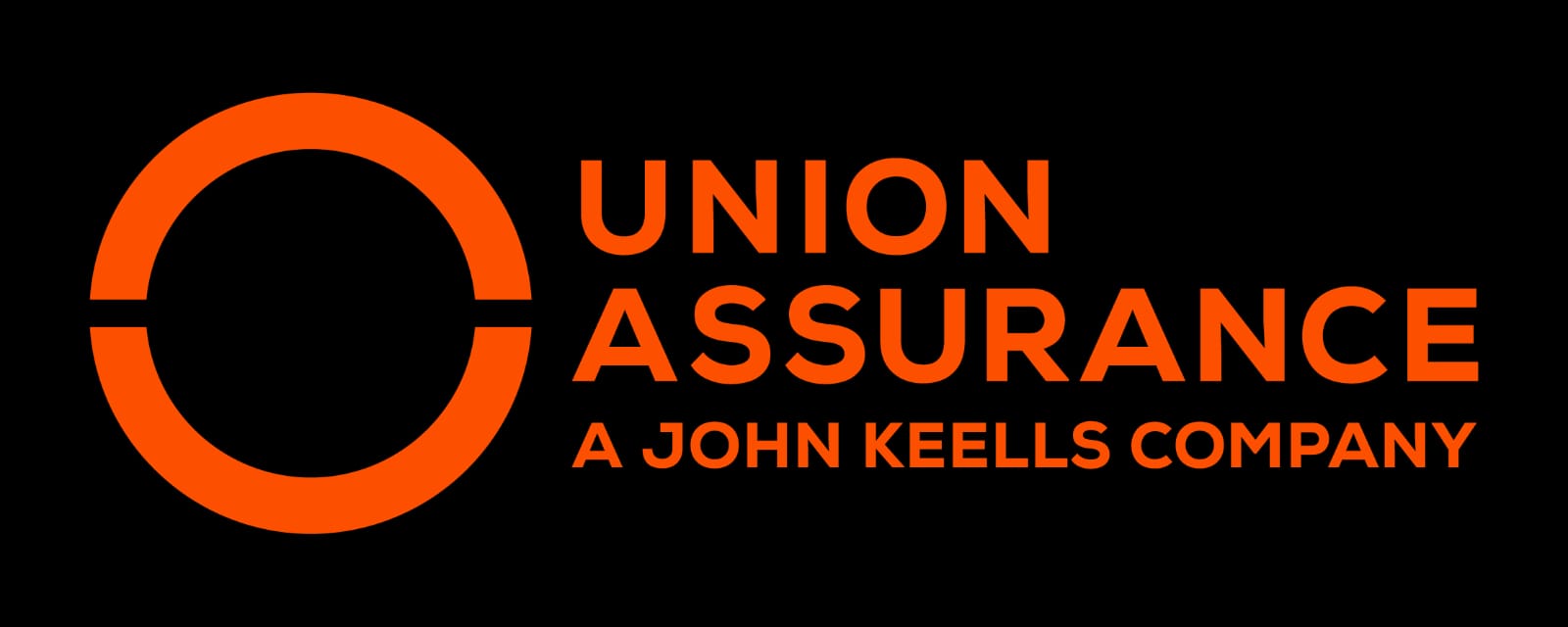Tax progressivity is a cornerstone of government redistribution efforts worldwide. Yet, despite its widespread use, much remains unknown about how individuals respond – not just in their stated preferences, but also in their actual behaviour. This column examines the real-world impacts of a progressive tax reform in Argentina and finds causal evidence that the reform had significant effects on tax compliance. The authors explore the broader implications for understanding taxpayer preferences and improving the design of tax reforms.
Tax progressivity is a fundamental concept in modern fiscal policy (Lindert 2017). Progressive tax systems, where higher-income individuals pay a larger proportion of their income in taxes, are a cornerstone of government redistribution efforts worldwide (Piketty and Saez 2007, Saez and Zucman 2019). Yet despite the widespread use of progressive taxation, there is still much to learn about how people respond to such policies, not just in terms of their stated preferences but also their actual behaviour. In a recent paper (Ajzenman et al. 2024), we study the real-world impacts of a progressive tax reform.
We investigate the context of property taxes in Tres de Febrero, a large municipality in Argentina. This setting is well-suited for analysing tax progressivity for at least two reasons. First, there is significant inequality. Second, due to limitations in tax enforcement, compliance choices provide insight into an individual’s tax morale. In any given month, about half of households fail to pay their property taxes on time, and some may go years without making a single payment. Thus, tax compliance has the potential to either increase or decrease in response to the reform.
The municipality implemented a progressive tax reform in January 2023. Properties in the bottom 37% of the value distribution (referred to as poor households) received a tax cut. Properties in the top 27% (rich households) faced a significant tax increase. Tax rates for properties in the middle of the distribution (middle households) remained unchanged.
By combining quasi-experimental and experimental methods, we investigate how changes in tax rates affect both the tax compliance of individual households and their perceptions of fairness within the tax system. Our study leverages a unique setting where a property tax reform was implemented, providing an opportunity to analyse how individuals react to changes in their own tax rates and, crucially, to changes in the tax rates of others.
We hypothesise that the reform could affect tax compliance through two distinct channels:
- The own-rate effect: A taxpayer’s compliance changes in response to a change in their own tax rate, irrespective of changes in other households’ rates. For example, reducing taxes on a poor household might encourage them to pay, while increasing taxes on a rich household might lead to decreased compliance.
- The cross-rate effect: A taxpayer’s compliance is influenced by their perceptions of the tax rates of other households, above and beyond any changes to its own tax rate. A poor household, for instance, might increase its compliance upon learning that, in addition to lowering their own taxes, the government is also increasing taxes on the rich.
To test these hypotheses, we combine two identification strategies. To estimate the own-rate effects, we use a regression discontinuity design (RDD) that takes advantage of the fact that the tax reform was implemented using sharp thresholds (e.g. households below a certain value received a tax cut) and also leveraging the sudden implementation of the reform. We find significant own-rate effects both for poor and rich households. Each 1% reduction in the tax rate for poor households increased their compliance by about 0.26%. Conversely, each 1% increase in the tax rate for richer households reduced their compliance by about 0.49%. These findings suggest that households respond to changes in their own tax burden, which may be due to a combination of liquidity and tax morale mechanisms.
To estimate the cross-rate effects, we conducted a large-scale natural field experiment. The municipality sent letters to nearly the universe of 100,000+ households. We randomly assigned each household to receive one of two types of letters: a ‘control’ letter and a ‘treatment’ letter. The control letter only informed households of how the reform affected their own tax rates. The treatment letter included additional information about how the reform affected the tax rates of other households – that is, about the progressive nature of the reform. We observe the households’ compliance month-by-month using the administrative records. Additionally, for a subsample for whom we had email addresses, we also collected survey data measuring awareness of the reform and perceptions of tax fairness.
Relative to those in the control group, poor households in the treatment group were more likely to be aware of the progressive reform, and more likely to identify the tax schedule as fair. Moreover, we find a corresponding effect on tax compliance: when finding out that the government was hiking the taxes on the rich, the tax compliance of poor households increased by around 0.8 percentage points. Similar to poor households, we find that the treatment had significant positive effects on both the awareness of the progressive reform and the perceived tax fairness among rich households. However, when finding out about the tax cut to the poor, rich households did not see a significant increase in their compliance – if anything, their compliance went down. Middle-income households responded similarly to the rich, with increased perceived fairness but no significant increase in compliance. The contrast between the stated and behavioural effects for rich and middle-class households serves as a cautionary tale of how stated and revealed preferences can diverge.
Our study reveals that the effects of progressive tax reforms depend not just on their financial consequences, but also on how households perceive the broader tax system. In particular, our findings show that taxpayers’ true preferences toward progressive taxation are not necessarily aligned with their stated preferences. Individuals may state that they prefer more progressive taxes, but talk is cheap, and they do not always put their money where their mouth is. This is important to consider, as the limited research on preferences for tax progressivity primarily relies on stated-preference data (e.g. Stantcheva 2021, Hoy 2025).
Our study also offers valuable insights for designing progressive tax reforms. To illustrate these lessons, we conducted a counterfactual analysis using the sufficient-statistics approach (Chetty, 2009), comparing the effects of a reform with and without accounting for behavioural responses. Incorporating behavioural responses is crucial: these responses reduced the reform’s progressivity, and despite being designed as revenue-neutral, the reform ultimately led to lower tax revenues once compliance effects were accounted for. Our findings highlight that policymakers – particularly in settings with limited enforcement – must account for varying compliance behaviours to achieve intended distributional and revenue objectives.
Source : cepr.org



































































